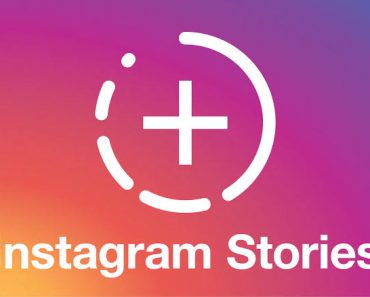Introduction
In today’s fast-paced business environment, effectively managing human resources and protecting sensitive data are critical components of success. Employee Monitoring Software, when paired with Data Loss Prevention (DLP) tools, offers a comprehensive solution to address these needs. This article aims to provide a thorough examination of these tools, covering their features, benefits, compliance considerations, and implementation strategies.
Employee Monitoring Software: Tracking and Analyzing Employee Activities
Employee Monitoring Software serves as a vital tool for tracking and analyzing employee activities. It encompasses features such as time tracking, screen monitoring, activity logging, and reporting. These functionalities allow organizations to optimize resource allocation, ensure accountability, and make informed decisions based on real-time data insights.
Data Loss Prevention (DLP) Tools: Safeguarding Data Against Loss and Unauthorized Access
On the other hand, DLP tool play a crucial role in safeguarding data against loss and unauthorized access. These tools enable organizations to identify and classify sensitive data across networks and endpoints, monitor data usage in real-time, and implement proactive measures to prevent data leakage and unauthorized access. By incorporating DLP solutions into their security infrastructure, businesses can strengthen data security measures, mitigate risks, and ensure compliance with data protection regulations.
Benefits of Employee Monitoring Software and DLP Tools
The benefits of Employee Monitoring Software and DLP Tools are manifold. They enhance productivity and accountability among employees, bolster data security measures, and ensure compliance with regulatory requirements such as GDPR and CCPA. Moreover, these tools enable organizations to address compliance and privacy concerns by adhering to ethical and legal considerations in their implementation.
Real-World Applications and Use Cases
Real-world applications of these tools are diverse and encompass various industries and use cases. From facilitating remote work management and collaboration in distributed teams to safeguarding against internal data breaches and customizing monitoring and DLP strategies for industry-specific needs, the applications are far-reaching.
Selecting the Right Solutions
Selecting the right solutions involves evaluating factors such as scalability, integration capabilities, and user-friendliness. Tailoring solutions to meet specific business needs and compliance requirements is essential for effective implementation.
Best Practices for Implementation
Best practices for implementation include transparent communication and employee engagement to foster trust, as well as comprehensive training and support to ensure effective adoption. Looking ahead, emerging trends such as advancements in AI and machine learning for enhanced monitoring capabilities and proactive measures to address evolving threats and regulatory changes are shaping the future landscape of these tools.
Conclusion
In conclusion, Employee Monitoring Software and DLP Tools are indispensable for businesses striving for efficiency and data security. By leveraging these technologies and adhering to best practices, organizations can enhance productivity, protect sensitive data, and ensure compliance with regulations. Let these tools not only serve as surveillance mechanisms but as enablers of empowered and secure workplaces in the digital era.





